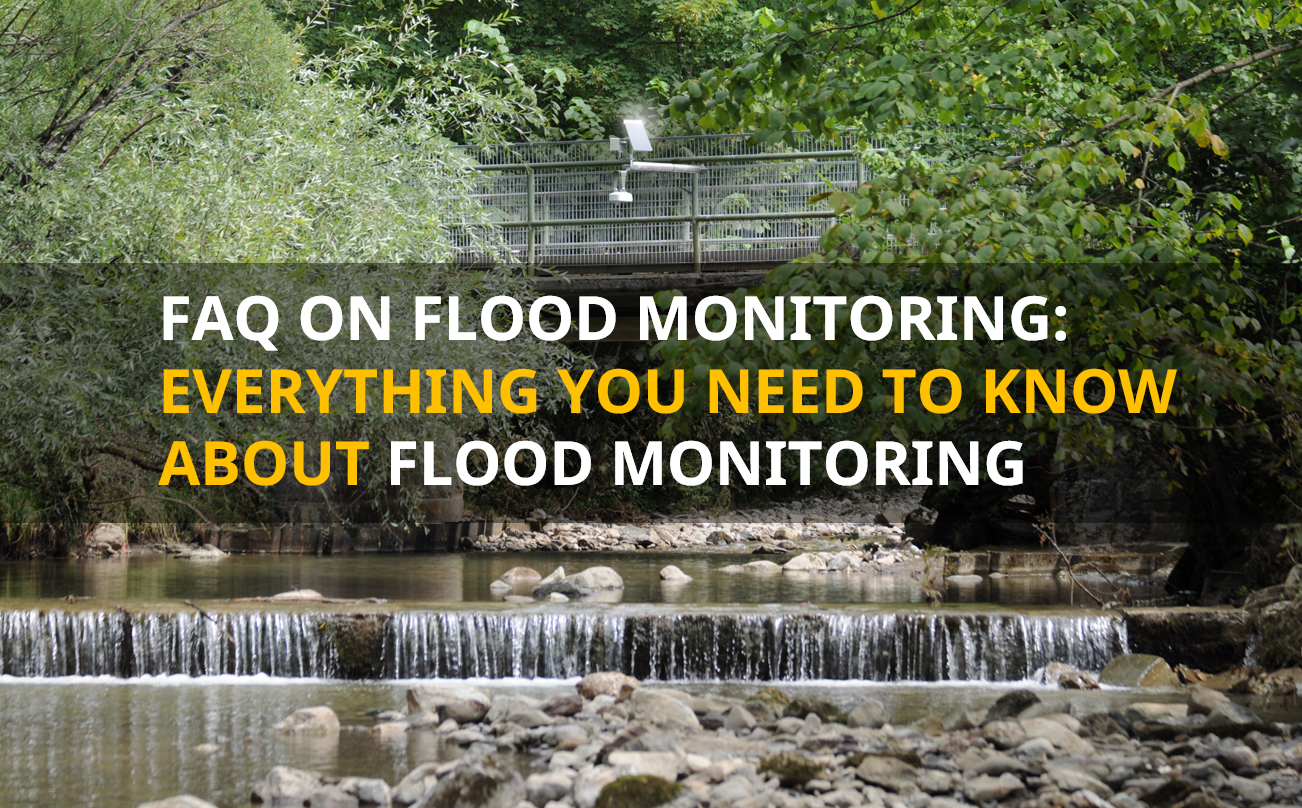Germany feels the global heating up: The year 2014 heads in this country for a temperature record. The first ten months of the year failed as warmly as never since beginning of the recordings 1881, said Uwe Cherry, spokesman of the German weather service (DWD). More to read about the influences of the changing climate in this blog entry…

(Photo-Credit: wajan – Fotolia.com)
Germany feels the global heating up: The year 2014 heads in this country for a temperature record. The first ten months of the year failed as warmly as never since beginning of the recordings 1881, said Uwe cherry, spokesman of the German weather service (DWD).
From the global warming Germany is not the hardest hit, but the climate change is already noticeable in this country. High temperatures and low rainfall cause hot and dry summers. In the rest of the year the humidity is rising, which can in some places lead to rising water levels and thus to high water and flooding. To be prepared for these extreme cases, cities have to be measured, aerial photographs have to be taken and weather data must be evaluated. So scenarios such as heavy rain and its consequences can be simulated on the computer.
Rising temperatures in the summer months to show effects on humans, animals and plants. In particular, the agriculture is faced with increasing problems. New adapted to the warm weather parasites are becoming increasingly common and long-lasting droughts will stress farmers and foresters. The risk of forest fires increases.
On the other hand there are positive points in the energy production: the potential for photovoltaic plants grows nationwide and for wind energy, there will be no major change in the wind power.
For a reliable forecast weather data must be recorded and evaluated continuously. The All-In-One sensors from Lufft are suitable for that. The intelligent weather sensors of the WS product family measures air temperature, relative humidity, radiation, air pressure, precipitation and many more. Today they are used in environmental applications like agriculture, meteorology and around the renewable energy sector.
Only through sustained actions by the population, the levels of climate change can be curbed.
It is time for a change! In the comparison to the means of the years 1961 to 1990 the average temperature lay by 2,1 degrees more highly. (Source DWD) According to a model calculation of the Potsdam Institute for Climate Impact Research a rise of 3.8 degrees Celsius of the average temperature is expected by 2070. The Institute provides an interactive map on the topic under www.klimafolgenonline.com.


